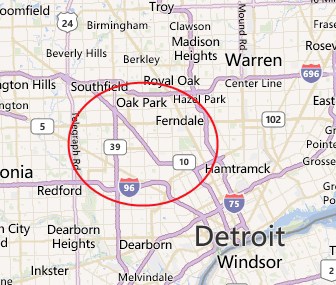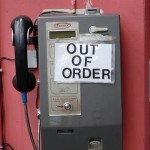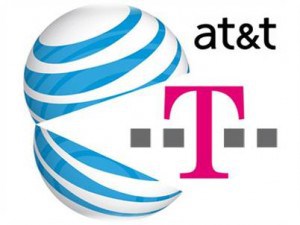
Detroit U-verse technicians are at high risk of being confronted by crooks looking for valuable electronics.
AT&T U-verse technicians carry iPads, cell phones, and other expensive electronic equipment in trucks destined for service calls, and the crooks know it.
At least 10 technicians have been robbed in northwest Detroit in the last week alone, some at gunpoint.
“They’re scared. Afraid to go in certain areas,” said CWA Union President Greg Streeby. “A tech was approached by an individual with a gun who said, ‘Give me your iPad.’
So far, union leaders have been unimpressed with the reaction of AT&T, leading one worker to suggest the company does not care if technicians live or die.
Thieves learned AT&T’s U-verse branded trucks come stocked with expensive electronics, including cell phones and iPads, and they have become magnets for smash and grab robberies while technicians are inside customer homes. Since the robberies began, some technicians have started bringing valuable equipment inside with them.
 Thieves learned to adapt, and are now willing to confront technicians as they return to their trucks, sometimes at gunpoint, and order them to hand over the electronics. Technicians have lost phones, laptops, tablets, and whatever else the thieves can steal and resell.
Thieves learned to adapt, and are now willing to confront technicians as they return to their trucks, sometimes at gunpoint, and order them to hand over the electronics. Technicians have lost phones, laptops, tablets, and whatever else the thieves can steal and resell.
Jim Simons has never seen anything like it, and he has been working for AT&T as a field technician for more than 20 years.
“We are defenseless. We don’t carry any weapons,” Simons told WDIV News. “Not allowed to.”
AT&T workers were told by administrators there is nothing the company can do about the robberies, at which point a group of workers left and began a union-backed protest outside of several AT&T facilities across Detroit.
AT&T promptly locked out those workers and deactivated their ID badges, and their vehicles remain locked and inaccessible inside AT&T gated parking lots.
The company claims it is working on a solution, but union officials want an extra service technician temporarily sent on service calls in dangerous areas to keep an eye on the company’s property while another worker attends to the customer. AT&T has rejected that proposal.
[flv width=”625″ height=”372″]http://www.phillipdampier.com/video/WDIV Detroit ATT service workers robbed in northwest Detroit neighborhood 6-29-12.flv[/flv]
WDIV first told its Detroit audience about the AT&T holdups last Friday in this exclusive report. (2 minutes)
[flv width=”625″ height=”372″]http://www.phillipdampier.com/video/WDIV Detroit ATT techs protesting over on-the-job security concerns 7-2-12.flv[/flv]
Since WDIV’s first report, safety conditions have further deteriorated for AT&T workers, some of whom have now begun public protests outside of AT&T facilities demanding more safety while on service calls. (2 minutes)


 Subscribe
Subscribe






